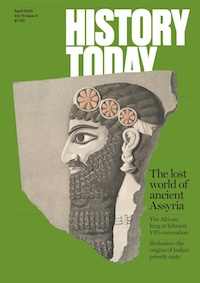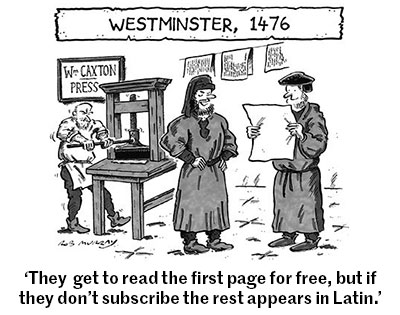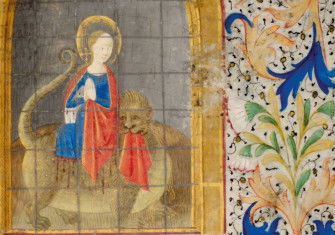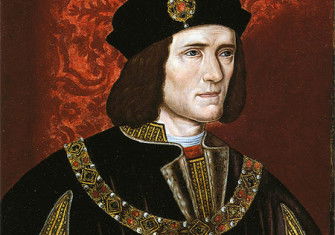Winning the Wars of the Roses
The Wars of the Roses saw some of the bloodiest months in English history, but winning on the battlefield did not necessarily mean winning the war.
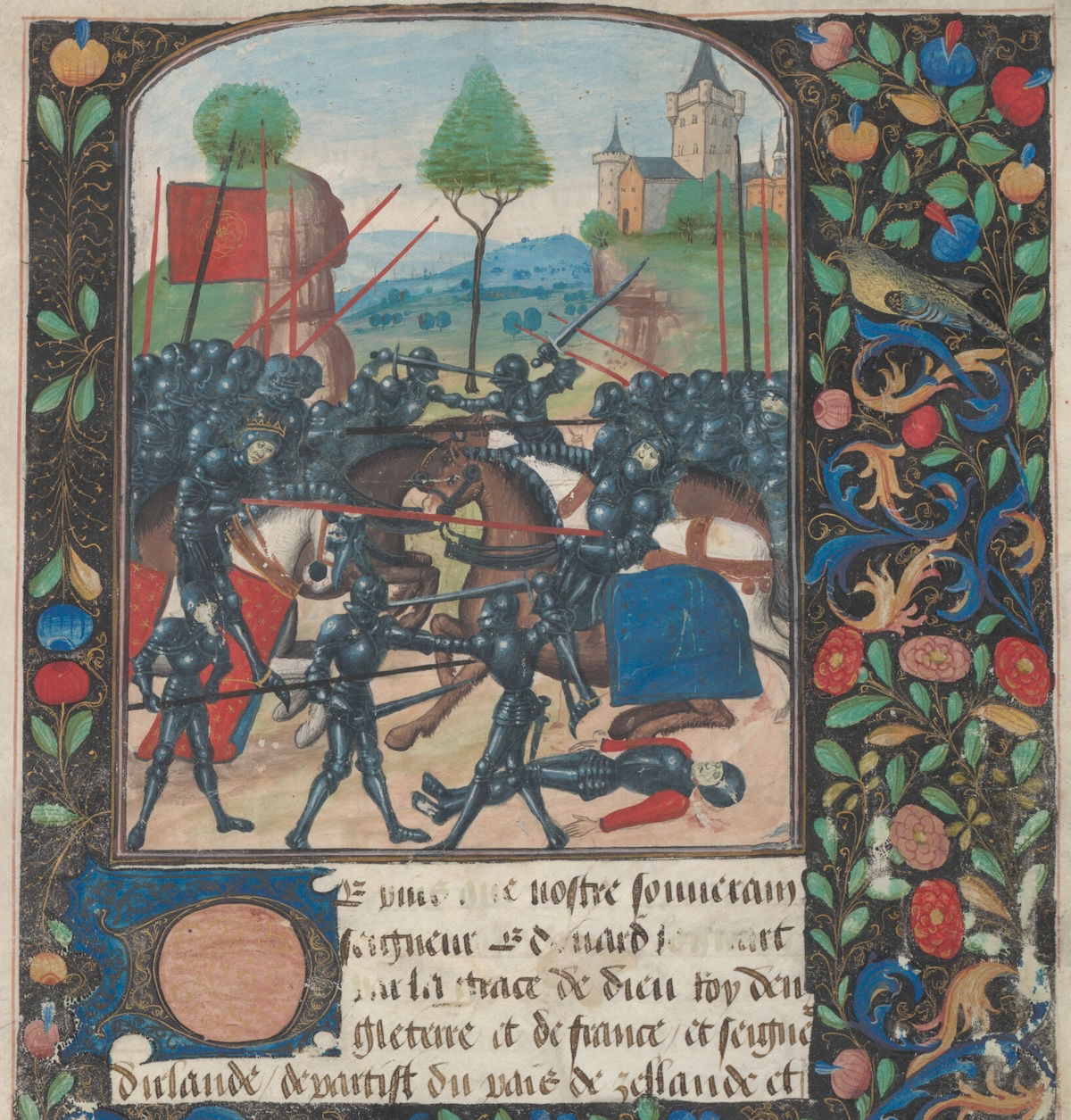
An extraordinary event happened at St John’s Field in London on 28 February 1461 – assuming that an anonymous chronicler writing in the late 15th century is to be believed. An assembled crowd stood and listened to a list of crimes and misdemeanours that the king, Henry VI, had committed against the realm. When asked whether Henry should remain as king, the crowd emphatically cried ‘Nay’. When then asked if Edward, Earl of March, should be made king instead, the assembled people cried ‘Yea’. The chronicler’s tale may look like direct democracy in action, but that would be anachronistic: democracy was an alien concept in 15th-century England and Edward was no revolutionary.

